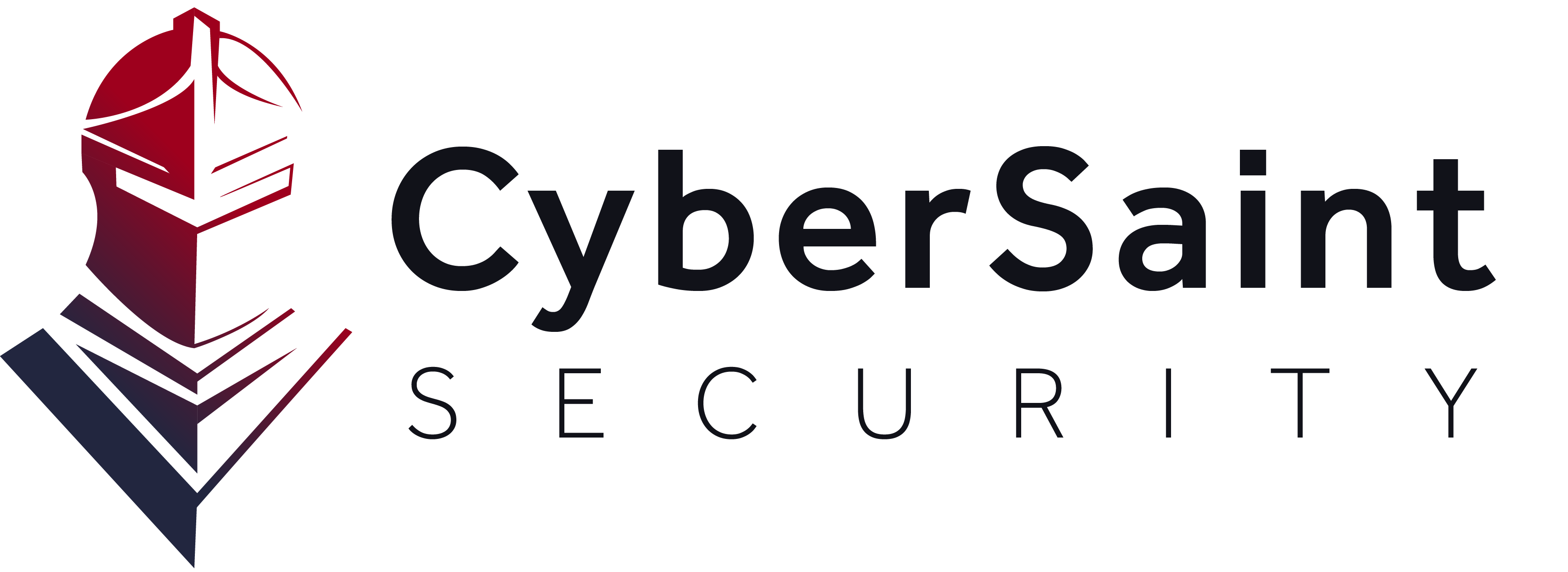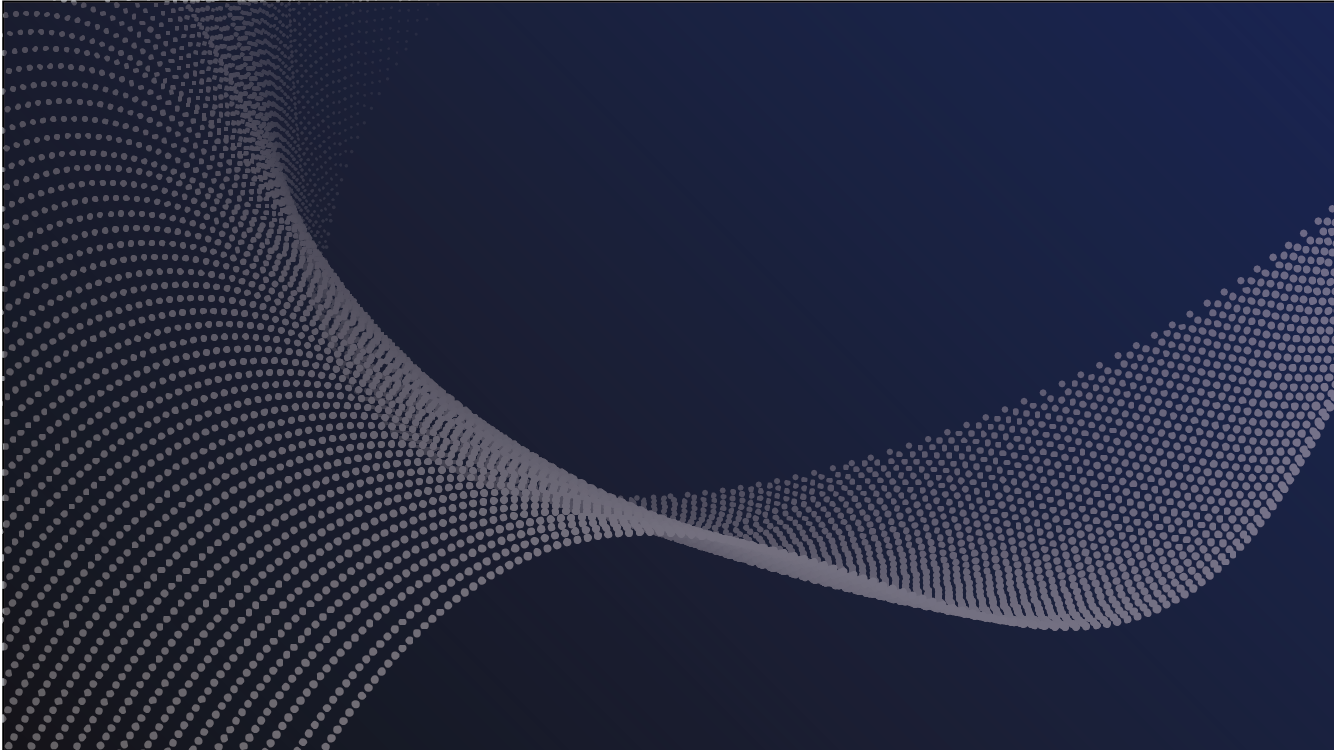Cyber risk monitoring aims to proactively manage and mitigate cyber risk to protect an organization’s valuable assets and sensitive data. This process involves regularly identifying, assessing, and tracking potential threats and vulnerabilities. Cyber risk monitoring has several components, including cyber risk assessments, threat identification, vulnerability assessments, incident response planning, and reporting to leadership. Proactive cyber risk monitoring is critical to cyber risk management operations, and the proactive aspect can be powered by continuous control monitoring (CCM) solutions.
CCM is a powerful tool for maintaining strong internal controls, minimizing cyber risks, and ensuring that an organization's operations align with its established policies and regulatory requirements. CCM is the technology that moves from point-in-time control assessments to real-time control assessments.
How Does CCM Work?
CCM involves continuously assessing and overseeing an organization's controls and compliance measures. Security practitioners can use automated tools to monitor and evaluate control changes for an enhanced understanding of the security posture. The primary goal of CCM is to identify control deficiencies, anomalies, and potential risks in real-time or near real-time, allowing for rapid corrective actions.
Automated control assessments are the answer to the long, laborious method of manually conducting assessments in spreadsheets. While you can conduct assessments in spreadsheets, there are two major drawbacks: dated information and increased complexity. When a security practitioner completes a manual assessment, the evaluation of the control posture needs to be updated. As the organization grows, so do the parties involved, leading to multi-step QA, evidence, and assurance; the complexity keeps growing to the point where security teams run assessments on a one-off basis.
One-off assessments vastly underserve an organization. The volume of cyber threats, changing cyber requirements, and evolving tech landscape require regular assessments. Additionally, there is growing pressure on cyber professionals to present an accurate risk posture across all mandated control frameworks and standards.
The Migration Towards a Continuous Approach
Several forces have prompted the shift to a proactive and continuous approach. The first force has been the government and regulatory bodies. These organizations widely acknowledge that automation is the only way to approach assessments at scale. The second force is threat actors; organizations need real-time information to protect against threats proactively. The last force is business process change; business leaders have begun to realize that manual approaches are getting in the way of adding velocity to the assessments, controls, and infrastructure. Additionally, businesses are beginning to frame cyber risk operations as factors that drive revenue for the company.
Regulators, the federal government, and forward-thinking companies have realized that risk management can rationalize controls. Still, to get value added to the controls, cyber professionals must pull in telemetry and leverage automation. While discussions around automation can introduce the thinking of downsizing a cyber team, that isn’t the case with continuous monitoring. It’s more of a conversation about increased efficiency, productivity, and ROI, as the team can now focus on processes that require their attention.
The Efficacy of Real-Time Cyber Risk Monitoring
In order for us to understand just how streamlined your assessment process can become with CCM, let’s take a step back in the past and remember what the old method for control assessments was. You start by writing up an email to get the most recent settings on a particular set of devices or relating to a group of controls. Then, you wait for a response, maybe a phone call. Next would be to get this signed off by someone and repeat the process for each assessment for each control action. The hours begin to pile up just on this back and forth with communication.
The primary time investment with CCM is the initial setup to wire the information and review the correct control information. Once the initial implementation is complete, it’s kind of like you just set it and forget it. Teams that used to perform ten assessments can now complete double the amount or more with this level of automation. CCM can truly scale operations for cyber risk teams.
In addition to streamlining the assessment process, CCM forces organizations to standardize their assessment process across departments. With an automated CCM solution, IT, risk, and compliance teams are coming together to utilize it. It also means that these departments must agree on a set standard of automatable controls and a fixed standard of processes. Team leaders will not have to compare and contrast disparate spreadsheets from separate departments. Now, the organization has one single source of truth.
Risk and Control Monitoring
Cyber teams also buy down risks by implementing CCM solutions and automating the assessment process. You can evaluate and relate the annualized loss expectancy to controls by linking the control scores to risk. If the controls are monitored in real-time, you can also understand your risks in real time. As threats and exploits occur, you can reclassify risks accordingly and re-evaluate the controls. Remediation and buying down risk hinges on real-time risk and control management.
To understand what investments to make at the control level and to buy down your risk, you need to understand your loss exposure in financial terms to understand the trade-offs. Ask questions like ” What can we accept?” “What can we live with?” “What do we have to mitigate?” Organizations cannot credibly make those decisions on six-month-old data.
LATEST: Use our guide to the SEC Cyber Reporting Requirements to comply with this new set of regulations.
Freeing Up Your Information Security Team
Utilizing an automated solution does not necessarily mean you will fire half of your team. Many complex and fantastic information and cyber security challenges require a professional's full attention. But, if you’re stuck sending emails, checking for verifications, and sifting through spreadsheets for hundreds of controls - it’s difficult for professionals to focus on all these tasks.
Automated solutions that work don’t replace IT and cyber professionals. Instead, automated solutions understand how to streamline the monotonous manual labor so that they can focus on the more significant complex problems that require human intervention and collaboration. This approach will enable teams to put out fires and get ahead of them, leading to proactive cyber risk management.
Crosswalking and CCM
In Gartner’s latest report on CCM, they call out crosswalking as a critical component. One of the primary use cases for crosswalking in risk management is the overload of regulatory profiles in specific sectors, such as finance and energy. Regulatory sprawl increases as you consider companies that deal internationally and must account for the newer regulations. Companies in this position must comb through their posture on their known frameworks and populate their other frameworks at a cadence of once a month, which can become a burdensome task.
The solution to this task is automated crosswalking, which benchmarks the company, automates the controls in one standard, crosswalks the information to another framework, and relieves these teams of this manual task. There will be some manual input for the mappings, which is minor compared to manually conducting this entire process.
CyberSaint’s Approach to CCM
CyberSaint takes a platform approach to risk and control monitoring. Instead of investing in several point solutions, CyberSaint offers automated assessment and risk management capabilities within a single platform. In addition to automated assessments and crosswalking, the CyberStrong platform completes the cyber risk management cycle by offering reports and dashboards for data-backed conversations with leadership and the Risk Remediation Suite.
Learn more about our approach to real-time cyber risk monitoring in our webinar. Discuss our automated process for cyber risk management with our team in a demo.










